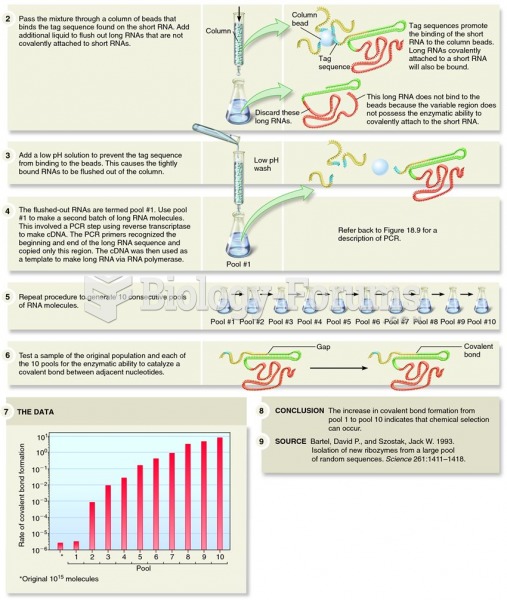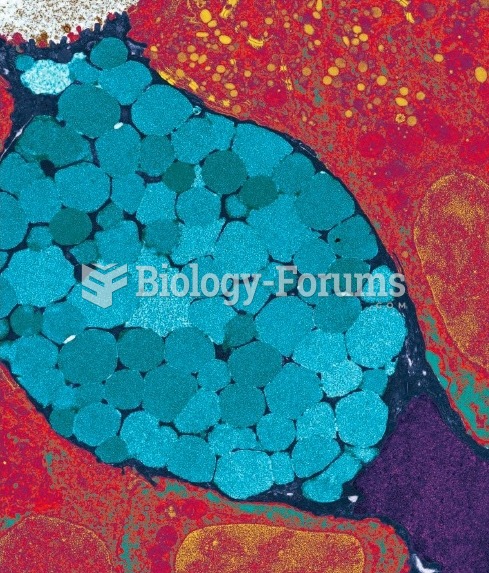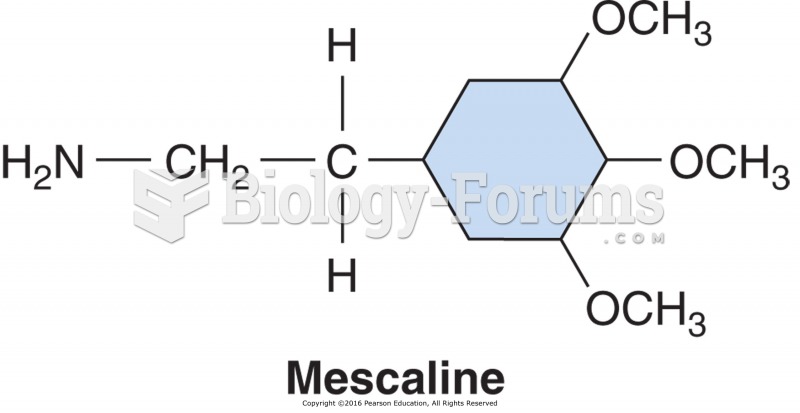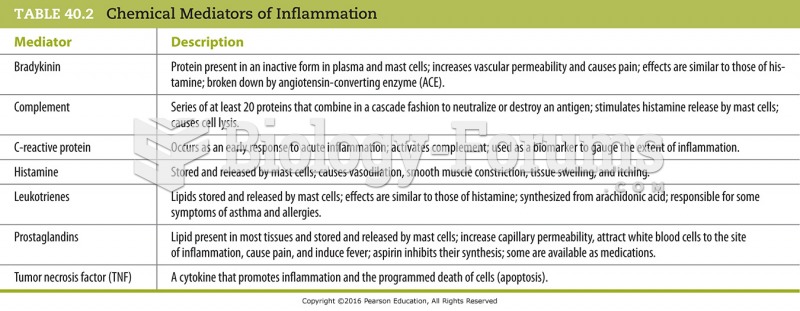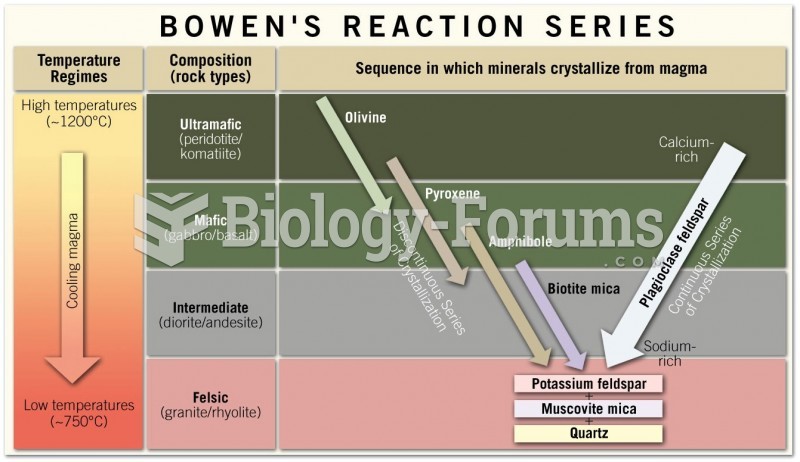Answer to Question 1
3
Rationale 1: Hemostatics is a type of medication that helps form clots.
Rationale 2:Clotting factors are activated in a series of sequential steps, sometimes referred to as a cascade.
Rationale 3: The coagulation cascade is a complex series of steps that begins when the injured cells release a chemical called prothrombin activator, or prothrombinase.
Rationale 4: Hemostasis is the stopping of blood flow, an essential mechanism protecting the body from both external and internal injury.
Global Rationale: The coagulation cascade is a complex series of steps that begins when the injured cells release a chemical called prothrombin activator, or prothrombinase. Clotting factors are activated in a series of sequential steps that start the coagulation cascade. Hemostatics is a type of medication that helps form clots. Hemostasis is the stopping of blood flow, an essential mechanism protecting the body from both external and internal injury.
Answer to Question 2
3
Rationale 1: Thrombolytic is a type of medication that dissolves blood clots.
Rationale 2: Coagulation refers to the process of blood clotting.
Rationale 3: Hemostasis is the stopping of blood flow, an essential mechanism protecting the body from both external and internal injury.
Rationale 4:Fibrinolysis is the process of clot removal.
Global Rationale: Hemostasis is the stopping of blood flow, an essential mechanism protecting the body from both external and internal injury. Thrombolytic is a type of medication that dissolves blood clots. Coagulation refers to the process of blood clotting. Fibrinolysis is the process of clot removal.


